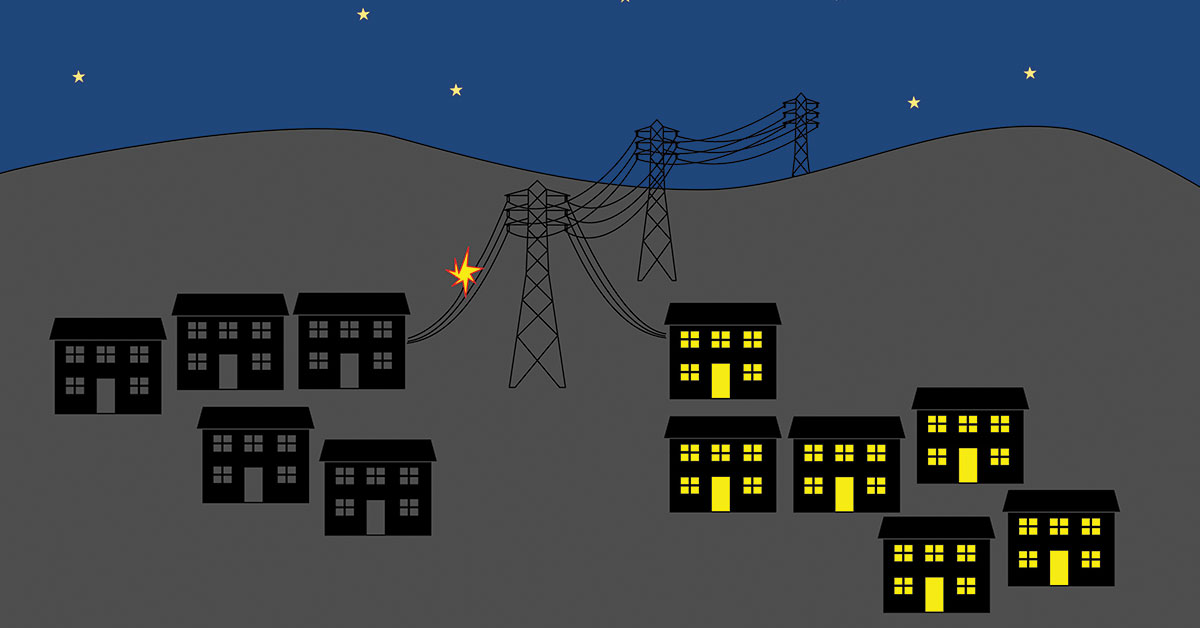

- #POWER OUTAGE INSTALL#
- #POWER OUTAGE UPGRADE#
- #POWER OUTAGE FULL#
- #POWER OUTAGE PORTABLE#
Home Energy Solutions Seattle City Light helps homeowners and renters save energy, money, and the environment with innovative programs and ideas. Billing Information Understand your electricity bill, options for paying your bill and payment assistance programs. Pay your electricity bill, manage your account, and find ways to save money and protect the environment. High School Internships at Seattle City Light. College Internships at Seattle City Light. Apprenticeship Qualifications and Requirements. Safe Tree Planting and Landscaping Tips. Underground Electrical Conversions on E Union St. System Duct Bank Upgrades on Battery Street. Southwest Seattle Fiberoptic Cable Installations. South Park Underdeck LED Lighting Upgrades. South Park Electric Vehicle Charging Station. Relicensing the Skagit Hydroelectric Project. Queen Anne Communications Tower Retrofit. Overhead Line Relocations on I-5 (Shoreline). Miller Community Center - Solar Microgrid.  Magnolia Communications/Streetlight Upgrades. Lake Park Drive South Streetlight Repairs. Hawthorne Hills Underground Cable Repairs. Elliott Bay Seawall Project - Utility Relocation.
Magnolia Communications/Streetlight Upgrades. Lake Park Drive South Streetlight Repairs. Hawthorne Hills Underground Cable Repairs. Elliott Bay Seawall Project - Utility Relocation. 
#POWER OUTAGE UPGRADE#
East Pine Substation Reliability Upgrade. Columbia Drive South Streetlight Improvements. Civil Improvements at Laurelhurst Substation. Chinatown-ID Underdeck LED Lighting Upgrades. Chinatown-ID/Atlantic Infrastructure Upgrades. Burien Electric Vehicle Charging Station. Energy Efficiency Program Tools and Resources. Apply for New or Upgraded Electric Service. Business Billing and Account Information. Large Commercial and Industrial Business Solutions. Energy Saving Ideas for Small and Medium Businesses. Landlord, Property Owner or Manager Account Management (LOA). Review the CDC’s guidelines for “ Going to a Public Disaster Shelter During the COVID-19 Pandemic. Try to bring items that can help protect you and others in the cooling or warming center from COVID-19, such as two masks for each person age two or older in the household, hand sanitizer that contains at least 60 percent alcohol, and cleaning materials. Locations may have changed this year due to the COVID-19 pandemic. Check with your local officials for locations of cooling or warming centers. Sign up for email updates about coronavirus from the Centers for Disease Control and Prevention (CDC). Power may return with momentary surges or spikes that can cause damage. Turn off or disconnect appliances, equipment, or electronics. Never use a gas stovetop or oven to heat your home. Generators, camp stoves or charcoal grills should always be used outdoors and at least 20 feet away from windows. #POWER OUTAGE INSTALL#
Install carbon monoxide detectors with battery backup in central locations on every level of your home. Throw out food if the temperature is 40 degrees or higher.
#POWER OUTAGE FULL#
A full freezer will keep the temperature for about 48 hours. The refrigerator will keep food cold for about four hours. Have enough nonperishable food and water. Keep freezers and refrigerators closed. Find out how long medication can be stored at higher temperatures and get specific guidance for any medications that are critical for life. Talk to your medical provider about a power outage plan for medical devices powered by electricity and refrigerated medicines. Determine whether your home phone will work in a power outage and how long battery backup will last. Have flashlights for every household member.
#POWER OUTAGE PORTABLE#
Plan for batteries and other alternative power sources to meet your needs when the power goes out, such as a portable charger or power bank. Take an inventory of the items you need that rely on electricity.
Leaders in Business Community Resilience. Voluntary Organizations Active in Disaster.







 0 kommentar(er)
0 kommentar(er)
